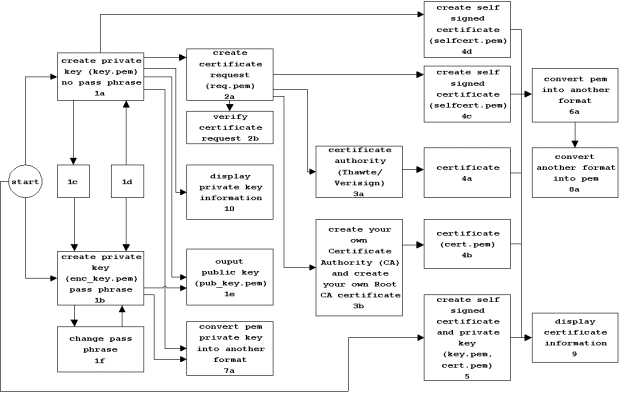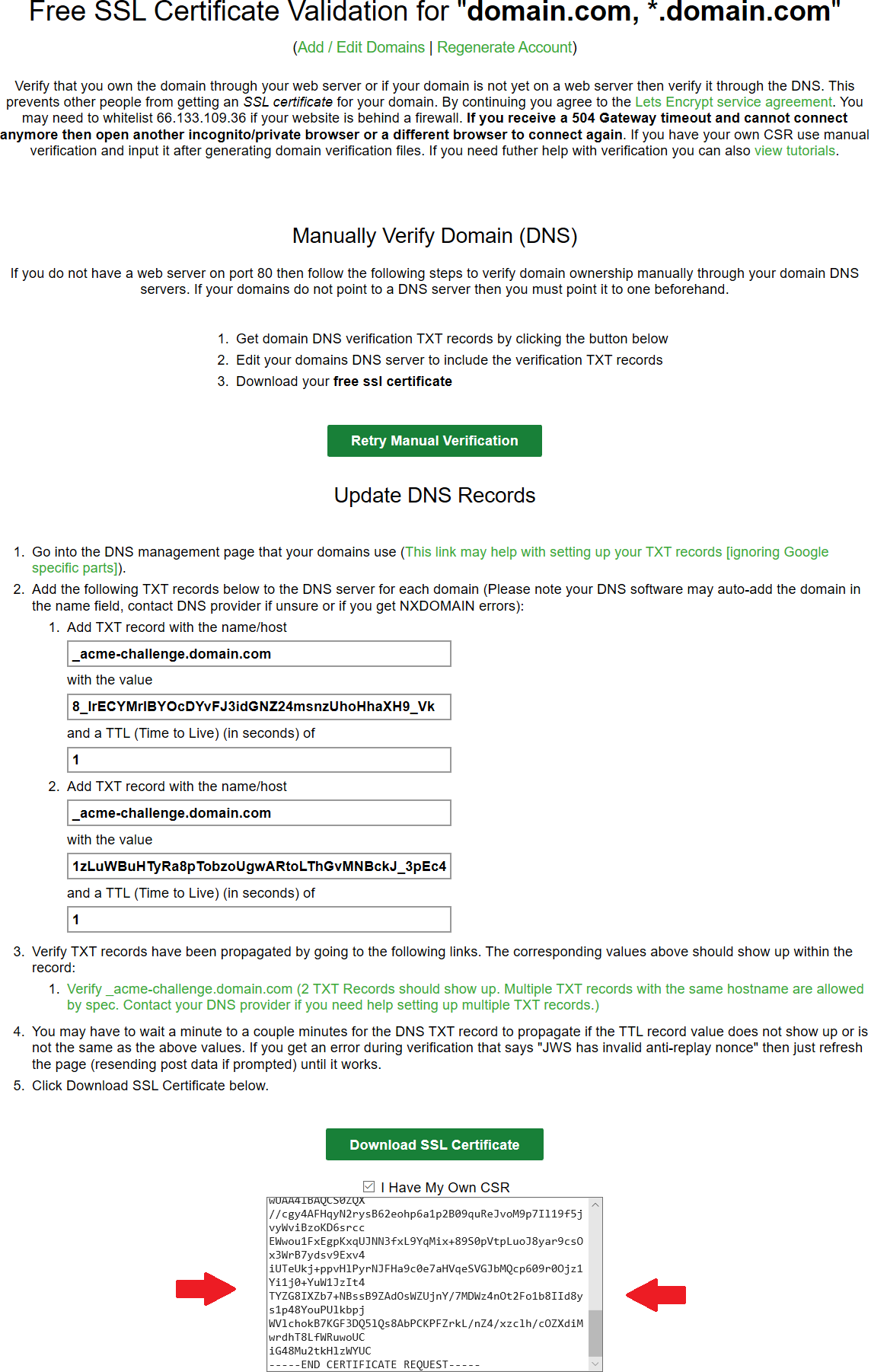
For more information on using the following commands, see the OpenSSL documentation. openssl req -x509 -config openssl.cnf -newkey rsa:4096 -keyout key.pem -out cert.pem -days 10000 -nodes. Create a Certificate Authority (CA) private key and public certificate. You can also pass a config file as a command line parameter. Yes, hexadecimal strings are all lower-case… All you need now is a way to remember these generated strings and passwords… -)īonus: Use PowerShell to create a random password: 1. Normally openssl would use a default config but seems like you don't have it at the right place. In PHP you can use openssl_random_pseudo_bytes(), with bin2hex() for readability:

If you have installed OpenSSL on Windows, you can use the same openssl command on Windows to generate a pseudo-random password or string: c:\Users\Jan>C:\OpenSSL-Win64\bin\openssl.exe rand -hex 8ģ3247ca41c60ac53 PHP OpenSSL – create a pseudo-random password with PHP and OpenSSL Generate random passwords in Windows using OpenSSL The RSA private key in PEM format (the most common format for X.509 certificates, CSRs and cryptographic keys) can be generated from the command line using the openssl genpkey utility. Or an 8 byte random string, base64 encoded output: $ openssl rand -base64 8 An RSA key is a private key based on RSA algorithm, used for authentication and an symmetric key exchange during establishment of an SSL/TLS session.

You only have to decide the byte-length of your password or string, and OpenSSL does all the calculations.įor example an 8 byte pseudo-random string, hex encoded output: $ openssl rand -hex 8
Openssl generate key generator#
The rand command outputs num pseudo-random bytes after seeding the random number generator once. The OpenSSL rand command can be used to create random passwords for system accounts, services or online accounts.

1.2 PHP OpenSSL – create a pseudo-random password with PHP and OpenSSL Pseudo-random passwords and strings with OpenSSL


 0 kommentar(er)
0 kommentar(er)
